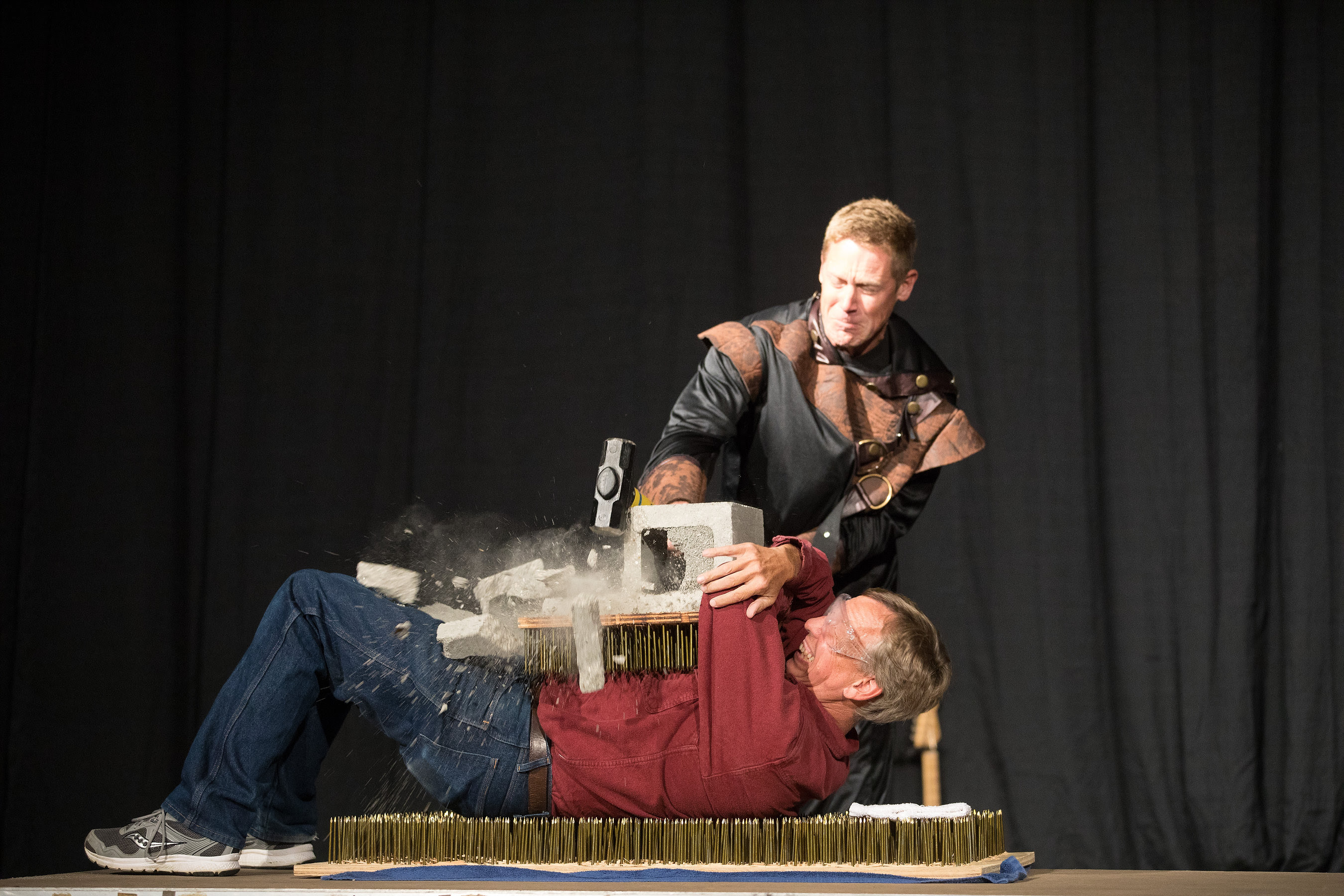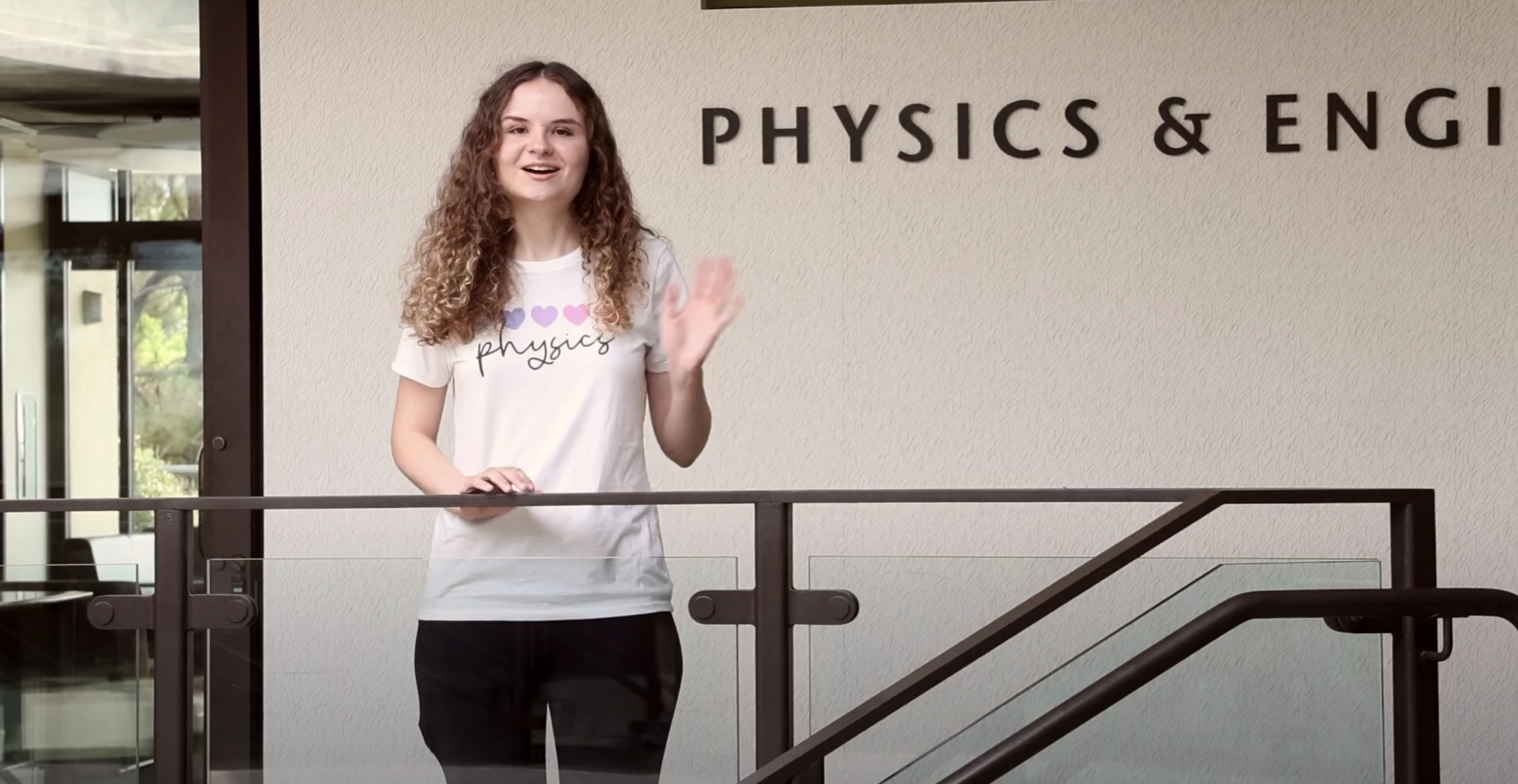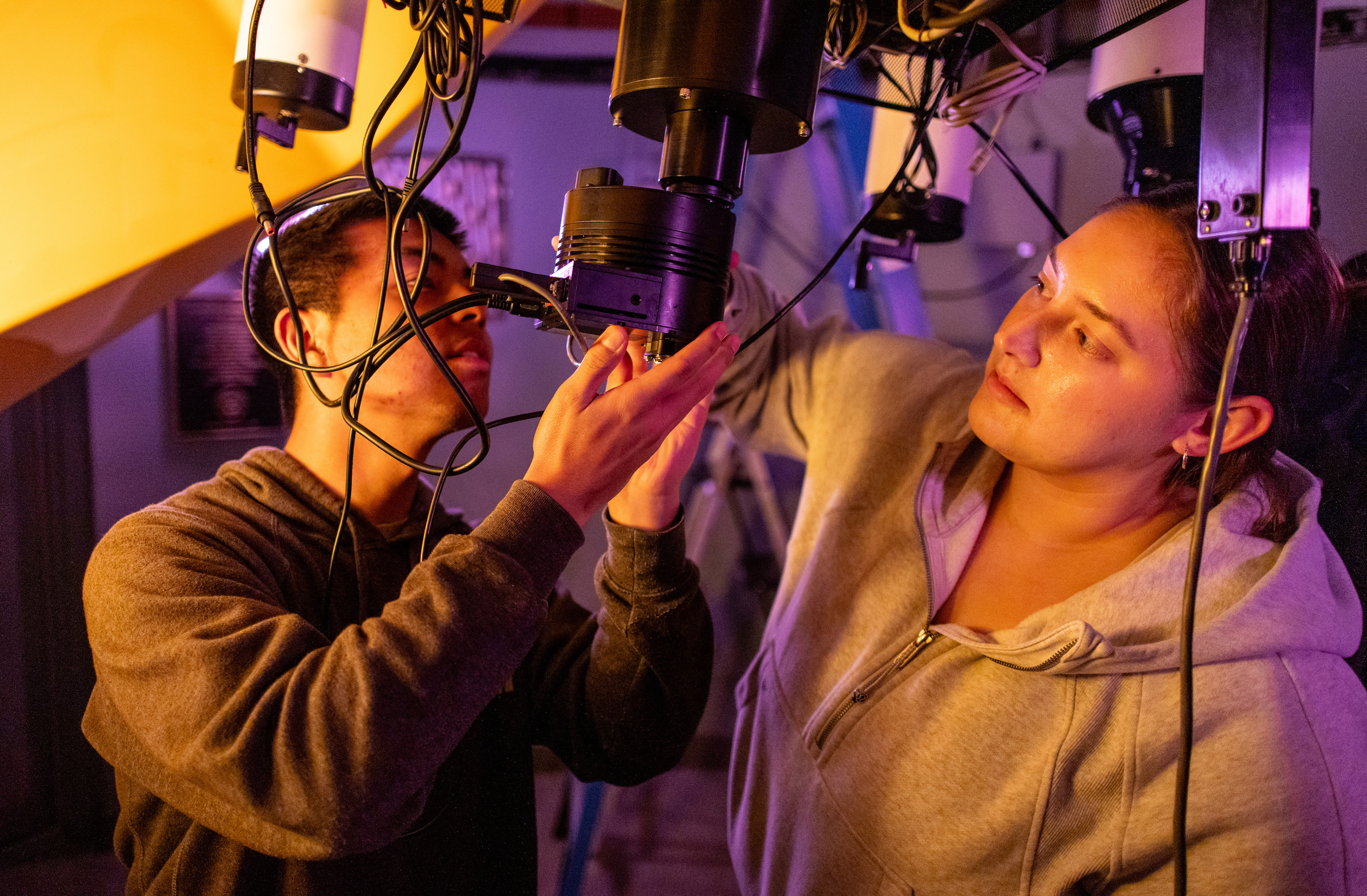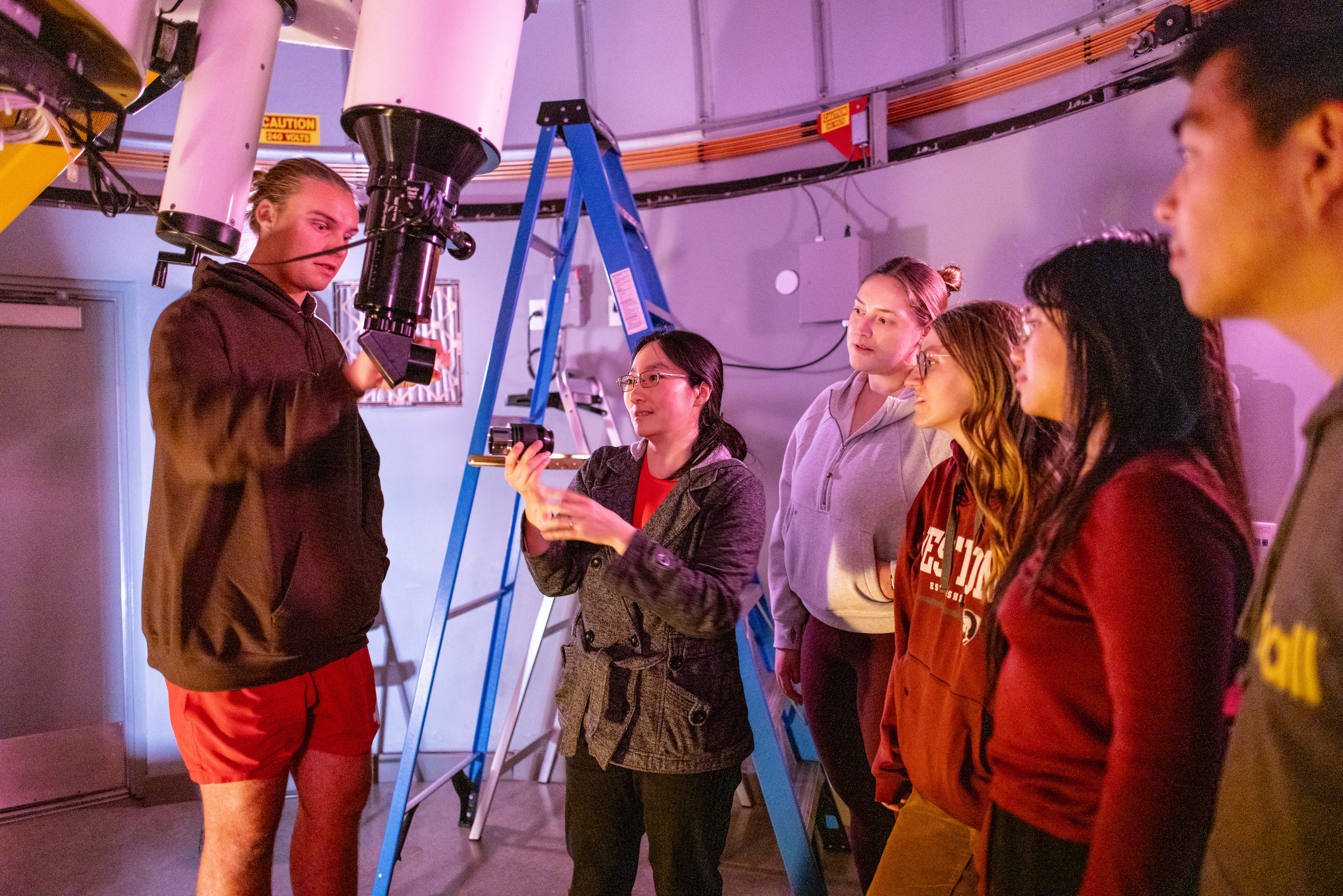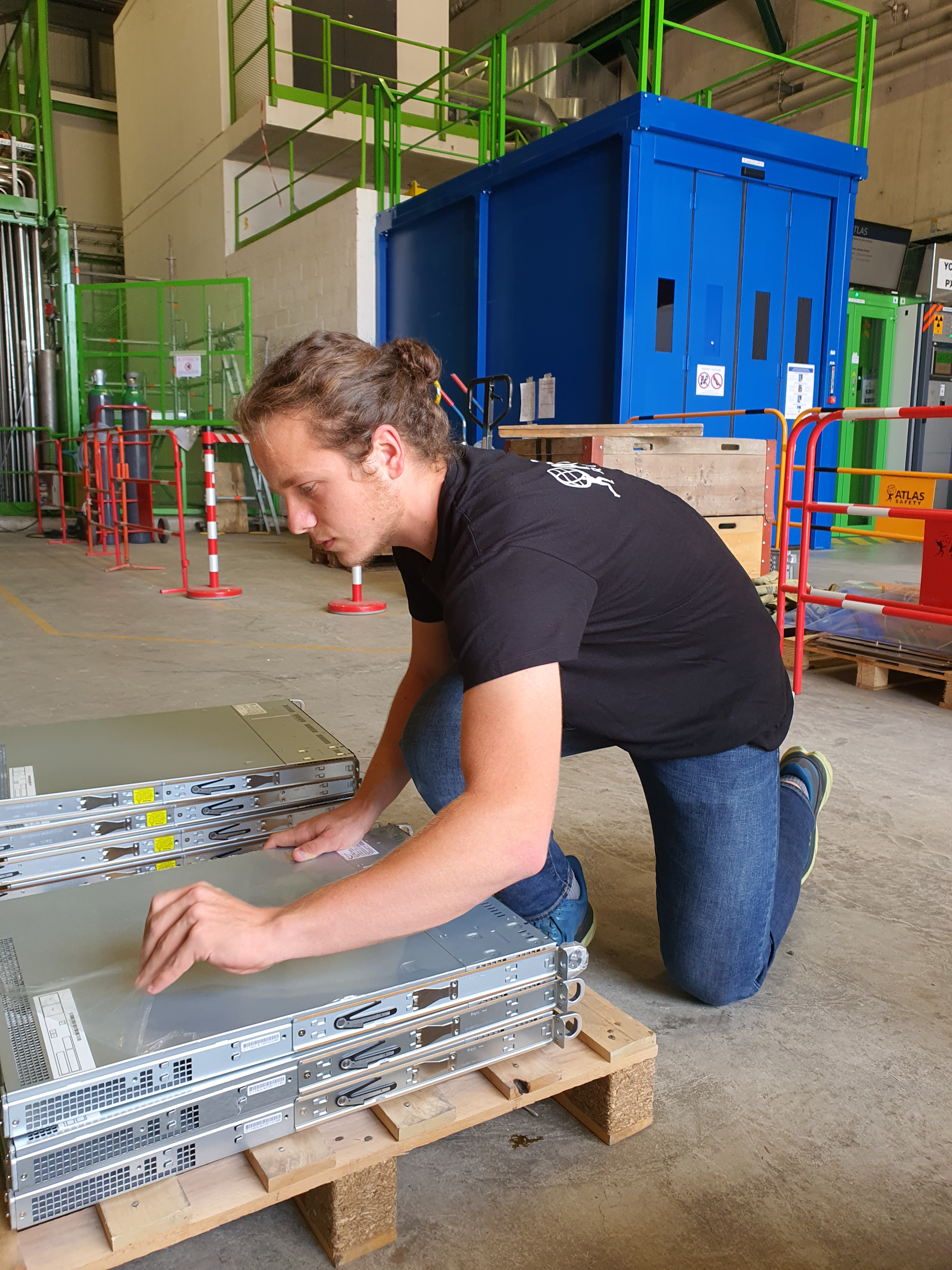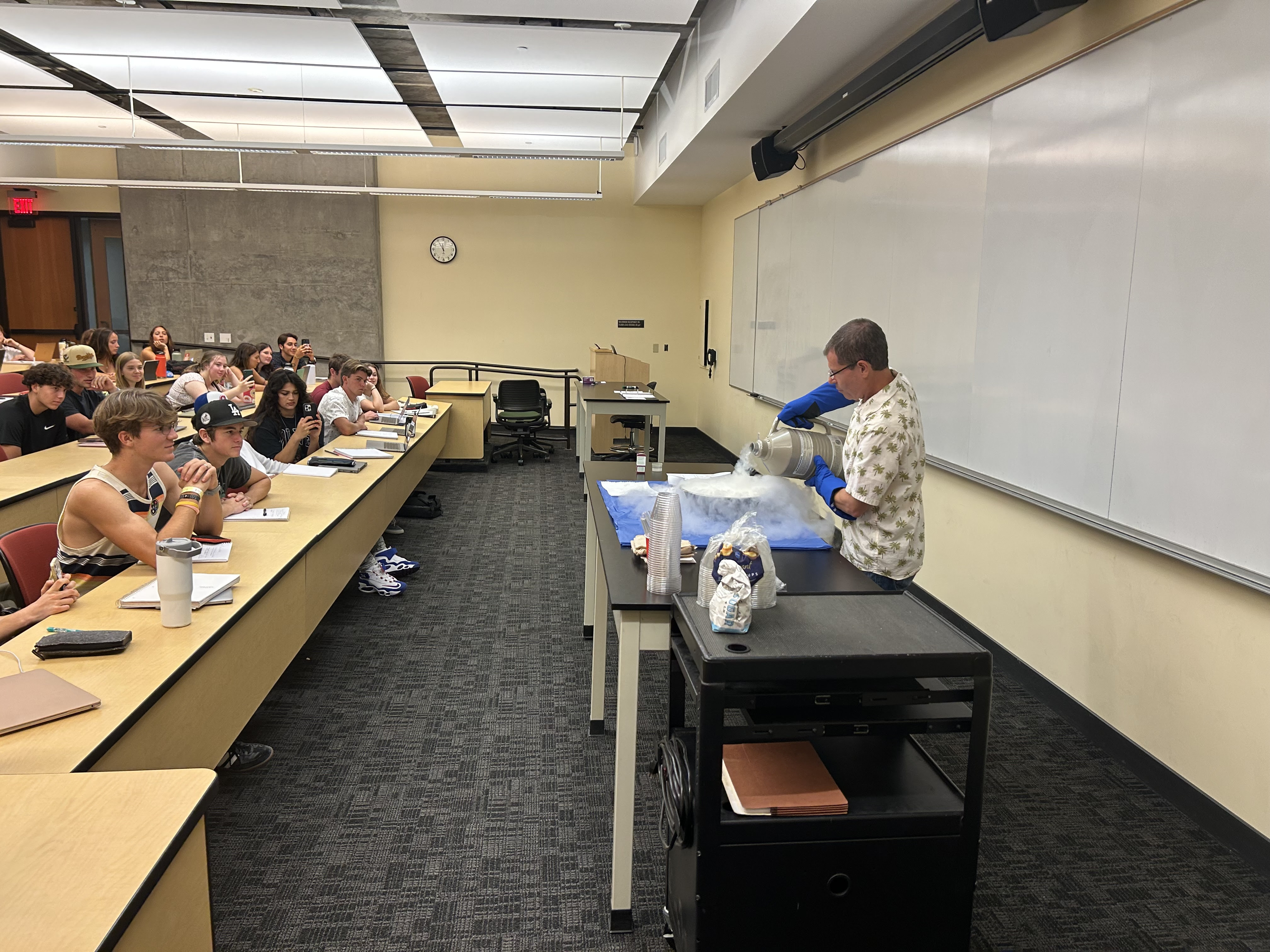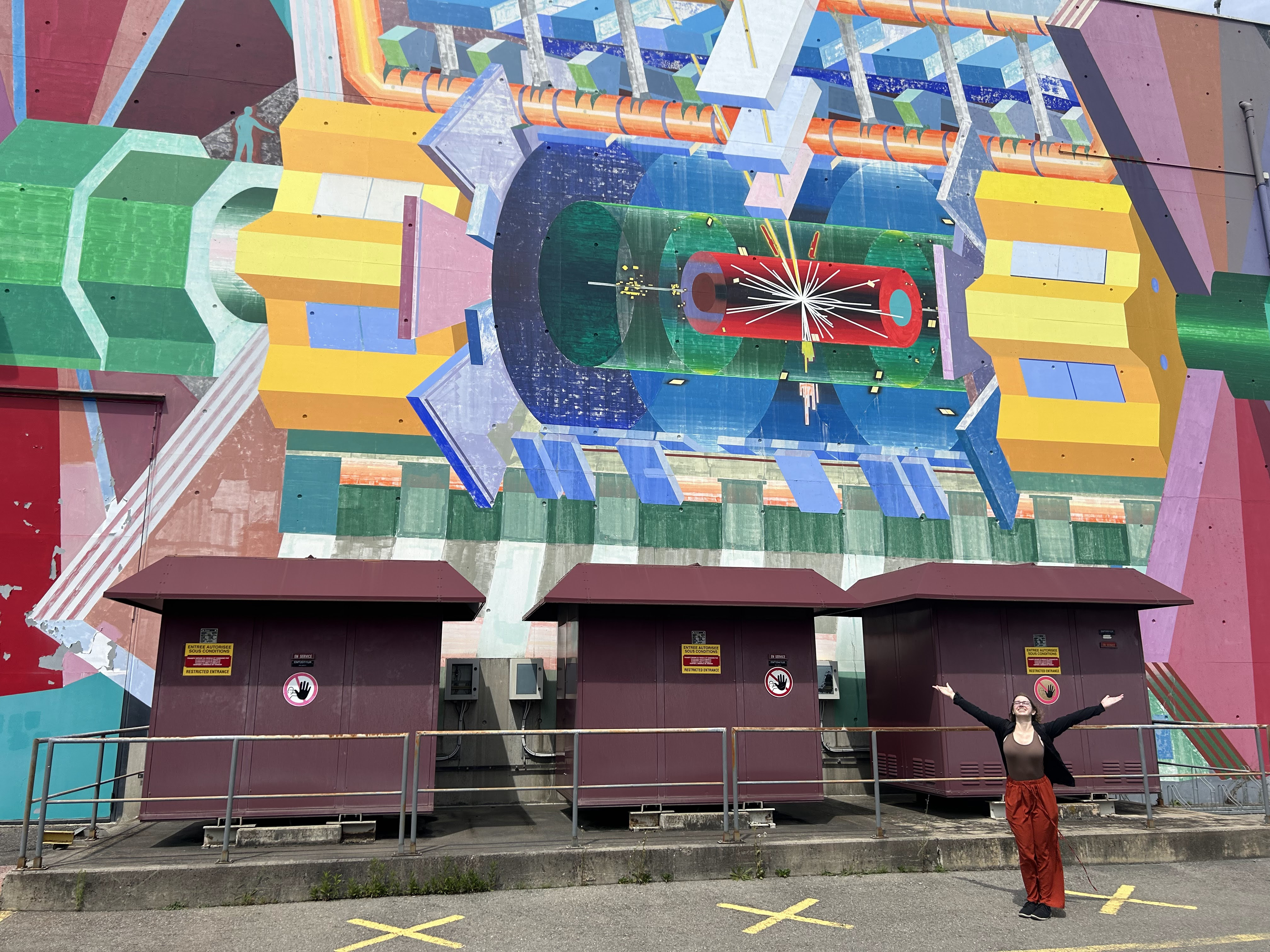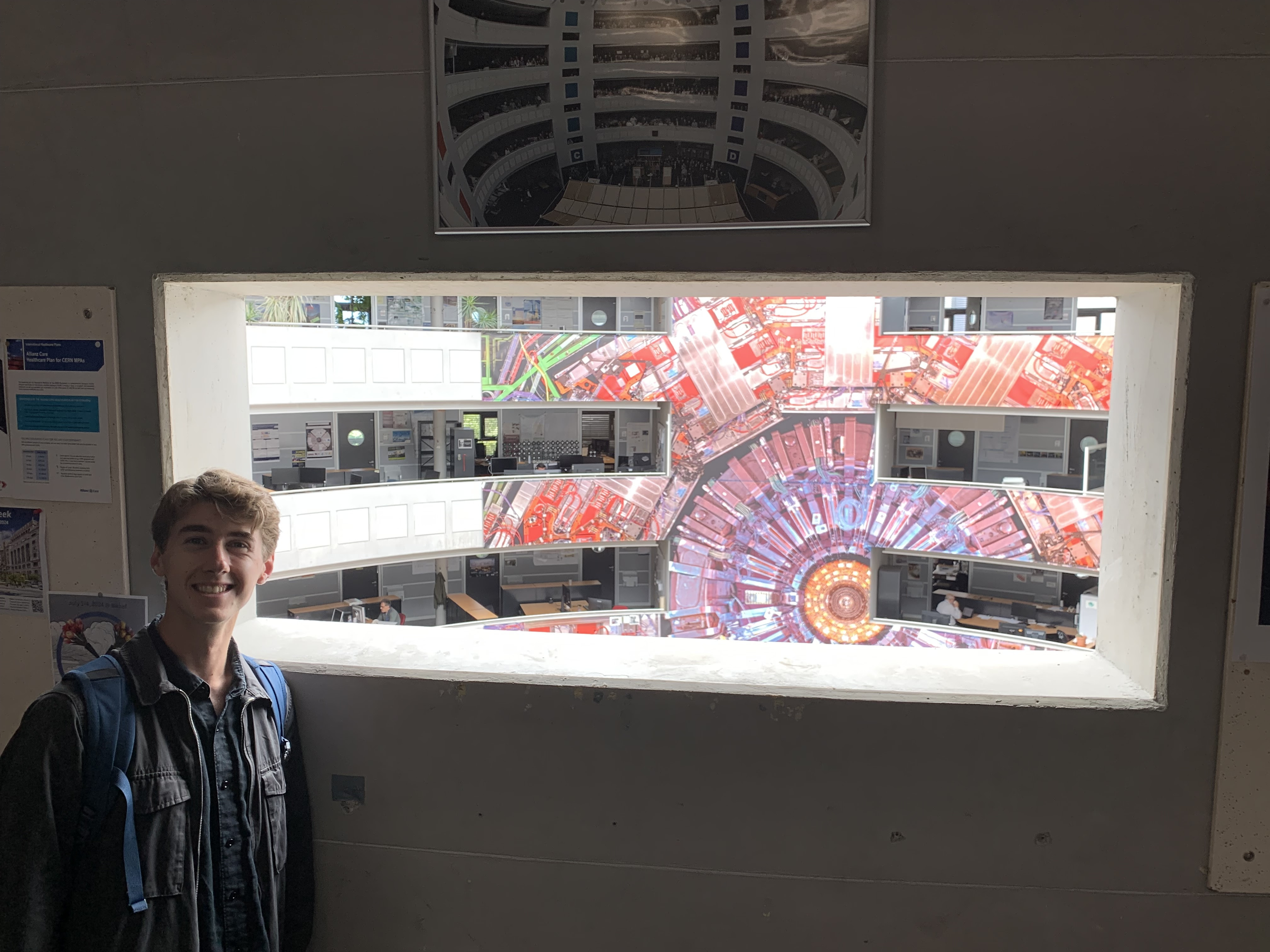Physics Department Fall 2024 Newsletter
We put our hope in the Lord. He is our help and our shield. In him our hearts rejoice, for we trust in his holy name. Let your unfailing love surround us, Lord, for our hope is in you alone. (Psalm 33:20-22, NLT)
Letter from the Chair
Greetings from the Physics Department! We hope you had an enjoyable summer and that you were able to experience a multitude of God’s blessings in whatever season of life you are in. As you will read below, we had a busy and productive summer working with research students, writing journal manuscripts and grant proposals, and traveling. On a personal note, Prof. Jen Ito married Prof. Daniel Gee from the Music Department back in June. It was a joyful union of two professors in fields that go well together (some of you may have even double-majored in Physics and Music). We’re sure they will make beautiful music together, training the next generation of musicians and artisans of astronomy and physics!
We are also excited about the new crop of students who arrived in August and plan to major in our department, some of whom comprise our inaugural cohort of Kihlstrom Scholars (see below for more details). These students show excellent potential in physics and we hope that they choose to continue studying physics during their Westmont careers.
As we begin a new academic year, we are excited about what God has in store for us as we expand our major and minor programs (also described below) and seek to create a robust, nationally-recognized physics program with outstanding outcomes for our students. We hope to partner with you in these efforts and look forward to opportunities to reconnect with you. Please consider paying us a visit the next time you are on campus, maybe at Homecoming this October!
God bless,
Bob Haring-Kaye
Welcome to Kihlstrom Scholars
To attract passionate and talented students who want to attend Westmont, the physics faculty created the first Ken Kihlstrom Scholarship for Promise in Physics in 2024. The scholarship is affectionately named after the renowned professor, Ken Kihlstrom, who recently retired. This scholarship will be added to other scholarships already administered by the physics department for current students, the George Bate Science Scholarship Endowment, George Blount Scholarship, Theodore and Grace Cannon Physics Scholarship Endowment and William S. Klug Scholarship Endowment for Faculty and Student Research.
The Ken Kihlstrom Scholarship for Promise in Physics is a single award of $2,000. As part of the selection process, the physics faculty interviewed admitted students who indicated an interest in physics. We interviewed 12 students, offered the award to 8, and enrolled 5 Kihlstrom scholars. The interview process enabled us to get to know prospective students and discuss details about the Westmont physics program.
Students participating in the program commit to join a cohort with several activities planned for the fall. Scholarship recipients are expected to take at least one physics course during the first year of classes at Westmont, as well as participate in informal mentoring opportunities with upper-division physics students. The class of 2028 Kilhstrom scholars are:
- Joshua Kepner
- Joshua Treece
- Christian Payne
- Eliana Bordin
- Hunter LaBrie
Department Tour by Major Reese Toepfer
To help attract new students to the department, we worked with Brad Elliott to create a tour of the physics department. Thanks Reese and Brad for making this happen!
New Tracks for Majors and Minors | Astrophysics Minor
In the spring of 2024, Dr. Jen Ito taught our new Observational Astronomy course for the first time, a course that will count toward the new astrophysics minor! The minor curriculum also includes a theory course in Astrophysics, which students will take in addition to other physics classes to add the minor, drawing in both engineering and chemistry students in addition to physics. Dr. Ito specializes in astrophysics, double majoring in physics and astrophysics as an undergraduate, and continuing her study of astrophysics through graduate school. Dr. Ito’s research focuses on using telescopes in the Atacama desert in Chile to study the cosmic microwave background. She hopes to use her experience with microwave astronomy to work with the Keck telescope on campus, sharing her love for the complexity and beauty of the night sky with her students. Not only does this new minor give the students a unique academic opportunity, it also gives them a different way to connect with God. Dr. Ito reflected on the laws of physics and how she sees them as a testament to God’s constant character.
Westmont students use the Keck telescope on campus during the observational astronomy course taught by Dr. Ito.
B.S. Physics: Computational & Data Physics
We also added a new BS in Physics track: Computational & Data Physics. The motivation is to provide students with a strong foundation in core physics principles coupled with courses in computer science that provide a robust literacy for solving computational problems in the physical sciences. For inspiration on the name, see a recent APS article to read more. Practically, our goal was to have a major track that would appeal to students with a strong interest in the sciences and using computational tools in settings including data science, software engineering, and other roles in booming industry settings.
Chandler Baker installs trigger servers for the ATLAS experiment at CERN.
"Data runs the world now, and Westmont is keeping competitive in preparing students for industry by creating a new computational and data physics track offering that allows students to learn the skills that are valuable to all engineering / physics jobs today. I get increasingly excited as I read line-by-line down the courses in the new Computational and Data Physics B.S. Track because I use the skills from these courses in my everyday job and would have been all in on this major had it been available during my time at Westmont". ~ Sarah Reed, Engineering Physics ‘19
Teaching
Engagement, excellent, challenging and fun are some words that characterize our teaching and classroom experiences. Students comment on how they enjoy demonstrations in class. Pictured below is Dr. H-K teaching Introduction to Physical Sciences with some edible demonstrations.
For our majors, we pride ourselves on a broad range of core and elective courses. For instance, within the last year, we were able to offer (or will offer) Quantum II, Advanced Electricity and Magnetism, Observational Astronomy (a new course offered for the first time this past spring semester), Astrophysics I (a reimagined version of the existing catalog course), and a self-guided study in machine learning in physics. This breadth of classes is a strength of our department that serves our physics majors and occasionally as electives for engineering students.
Dr. H-K makes liquid nitrogen ice cream for his Introduction to Physical Sciences class.
Research Updates
I bring students to work at the ATLAS experiment at the Large Hadron Collider in Geneva, Switzerland. This summer I brought two students to work at CERN: Berit Lunstad and Michael Hemmett. Berit and Michael performed vital operations work to support the ATLAS dark matter trigger. They also collaborated closely with colleagues from other institutions on data analysis and the development of new trigger algorithms.
In the spring, I concluded a significant paper that was published in Nature Communications. We detailed a new method to evaluate boosted decision trees in nanoseconds on FPGA hardware. This technology could play an unprecedented role in triggering different types of events in the future of collider experiments. I also published a phenomenological paper on a method to search for a very challenging hadronic decay mode of the Higgs boson in PRD. Continuing on my work with searches for exotic Higgs boson decays, I contributed to an ATLAS analysis resulting in the most sensitive search for dark photons, now published in the Journal of High Energy Physics.
I recently joined the NSF Institute for “Accelerated AI Algorithms for Data-Driven Discovery,” A3D3 as an affiliate member. I currently serve on the leadership team as communications coordinator and published a paper with A3D3 electrical engineering collaborators on firmware for the ATLAS upgrade.
I regularly organize an undergraduate and graduate student tutorial funded by US ATLAS at the Stanford National Accelerator Lab (SLAC). The tutorial is scheduled for the end of October this year.
Nuclear Physics
Dr. H-K worked on a journal manuscript this past summer based on his collaborative research with physics students Kirsten Potts ‘24 and Reese Toepfer ‘26 on the nuclear structure properties of the germanium-71 isotope. Kirsten and Reese are co-authors of the manuscript, which Dr. H-K plans to submit to Physical Review C this fall. Later this fall, he hopes to travel to his alma mater, Florida State University, along with Engineering Physics major Josef Bingener ‘25 and Environmental Policy and Behavioral Economics major Ethan Camp ‘27 to participate in a novel experiment designed to study the structure properties of an exotic isotope of gallium (72Ga) in which very little is known thus far.
Student Summer Research
Research is an integral part of the education of physics students at Westmont. This summer, our students made significant contributions in particle physics and physical chemistry. Michael Hemmett and Berit Lunstad worked with Dr. Carlson at CERN and Reese Toepfer with Dr. Nishimura in the chemistry department at Westmont.
Berit Lunstad in front of a mural of the ATLAS detector at CERN.
Michael Hemmett in building 40 (the main physics building) at CERN.
In Conclusion
We are excited for all the developments in physics and the accomplishments that students are making. We look forward to partnering with you to build a strong physics program for future generations.
Sincerely,
Bob Haring-Kaye – Professor of Physics
Ben Carlson – Assistant Professor of Physics
Jen Ito – Assistant Professor of Physics
